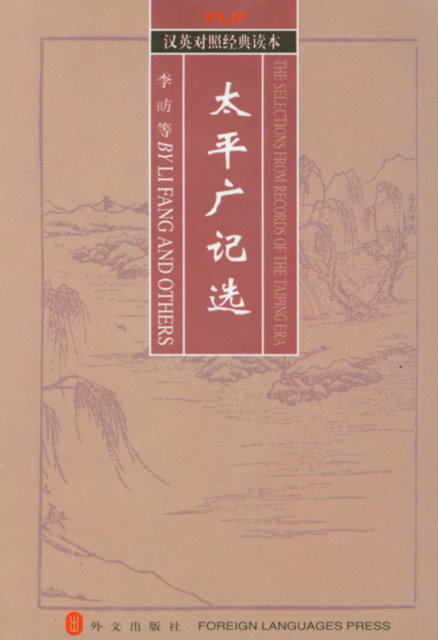
Our premise is that international temporary academic mobility is conducive to the academic’s entrepreneurial knowledge and that interpersonal social networks mediate the relationship. 2011), while permanent mobility of academics is rather limited in practice (Cervantes and Guellec 2002). Temporary international mobility is an increasingly relevant phenomenon in academia, especially amongst PhD students and post-docs (Teichler 2015 Edler et al. We choose to focus on temporary international mobility, which holds the academic’s intention to return to the home country. To address this gap, we study the relationship between international mobility and entrepreneurial knowledge from the individual academic perspective. However, to the best of our knowledge, no study has actually tested this strong assumption. This notion draws on the assumption that knowledge and/or interpersonal networks gained through international mobility are conducive to the academics’ engagement in the entrepreneurial activities (Krabel et al. In their work, Siegel and Wright ( 2015) note that mobility is increasingly considered a way to foster academic entrepreneurship, next to the existence of technology transfer offices and science parks. These efforts constitute the more formal knowledge transfer activities. Academic entrepreneurship refers to the efforts undertaken by an academic to commercialize an invention, including patenting and licensing, and the creation of a start-up company (Siegel and Wright 2015). Footnote 1 Within this debate, we aim to untangle the relationship between international academic mobility and academic entrepreneurship further. 2011 Stephan and Levin 2001), although using different operationalizations and conceptualizations, who study the relationship between international academic mobility and knowledge transfer. This debate has resulted in a number of scholars (e.g. publications, citations, or patents) or academic quality. For example, when it comes to international student mobility, we expect increases in international competences or in comparative reasoning, and, when it comes to staff mobility, increases in scientific output (e.g. The idea behind these mobility programs is that the accumulation of networks and collaborations abroad enhances the academic’s individual capabilities, productivity and career development, and that these benefits extend to a regional or country level in terms of increased welfare through overall knowledge exchanges and enlargement of the regional or national knowledge stock (Bauder 2020 Veugelers and Van Bouwel 2015 Regets 2007).Ĭonsequently, a scholarly debate emerged about the impact of international mobility on academics (Teichler 2015). The China Scholarship Council (CSC) and Horizon 2020 projects provide financial assistance to Chinese academics who wish to study abroad (De Moortel and Crispeels 2018). The United States has its long-established J and H visas for short-term academic exchanges (Wang et al. For example, in Europe, the Erasmus Program and the European Research Area increase the opportunity for academics to be internationally mobile (Maggioni and Uberti 2009). Many countries have developed policies and programs to support international mobility by students and faculty (Scellato et al. Since the 1990s, academics increasingly move across international borders for different durations and reasons (Rostan and Höhle 2014 Teichler 2015).

Internationalization is inherent to higher education in the 21st century (Baruffaldi and Landoni 2012 Audretsch et al.


 0 kommentar(er)
0 kommentar(er)
